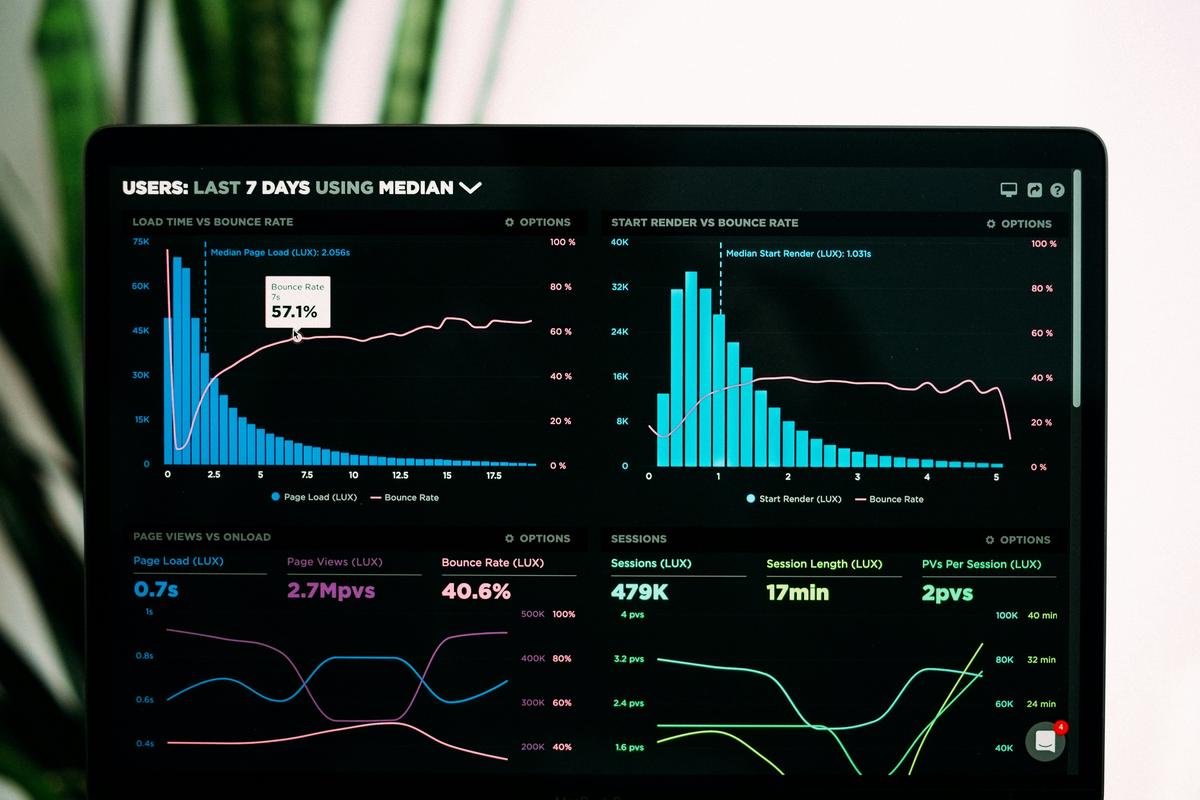Ad Placement and Optimization
Ezoic's ad placement strategy leverages AI to dynamically test different ad placements, formats, and sizes. By constantly adjusting and learning, Ezoic aims to deliver the highest possible ad revenue while keeping the user experience intact.
Ezoic uses placeholders that allow publishers to predefine areas where ads can be shown. Over time, the system tests these spots and learns which combinations yield the highest revenue and user engagement. This method brings a high level of specificity to ad placement, ensuring ads are placed in locations where they are most likely to be clicked without disrupting the user experience.
Native advertising blends ads with the content, appearing as recommendations or stories and mimicking the look and feel of the surrounding content. Because they don't scream "ad," users might find them less intrusive and more engaging.
While native advertising often boasts high engagement rates due to its subtlety, it can sometimes negatively impact user metrics like session duration and bounce rate because when users click on these native ads, they are often taken offsite. For publishers, this means balancing the immediate revenue boost from native ad clicks against the possibility of reduced long-term engagement.
Ezoic's approach ensures a balance between user experience and revenue by continuously optimizing and adjusting ad placements based on real-time data. However, it can also crowd the user's screen with too many ads if not monitored correctly. Native ads maintain the aesthetic of the site and are less likely to disrupt the user experience visually, but they can still lure users away from your site.
Monitoring both EPMV (earnings per thousand visits) and user metrics like bounce rate becomes crucial when deciding between these methods. The choice between these two strategies hinges on the publisher's specific goals.

Revenue Generation Models
Ezoic adopts a CPM (Cost Per Mille) and EPMV (Earnings Per Thousand Visitors) revenue model, ensuring publishers can earn based on ad impressions and overall visitor engagement. By leveraging Ezoic's advanced AI, publishers can potentially see incremental gains as the system optimizes which ads to show and where to place them. The AI continuously learns and adapts, factoring in user behavior, ad performance, and site engagement metrics to enhance overall earnings.
One of the key advantages of the CPM model is its predictability. Since advertisers pay for impressions rather than clicks, publishers can have a more consistent revenue stream.
Native advertising often operates on a CPC (Cost Per Click) or CPA (Cost Per Action) basis. In the CPC model, advertisers only pay when users click on their ads, which can result in fluctuating earnings for publishers. CPA takes this a step further by requiring users to complete a specific action beyond just a click, such as making a purchase or filling out a form. This can potentially yield higher returns per action since advertisers are often willing to pay a premium for conversions.
The decision on which revenue model to adopt should align with the publisher's overall business strategy and audience behavior.
- For those seeking a more stable and predictable income stream with less dependency on user actions, Ezoic's CPM and EPMV models are preferable.
- For publishers who can drive high engagement through clicks or specific actions, such as those with a highly targeted audience, native advertising's CPC and CPA models might yield higher short-term returns.

User Experience and Engagement
Ezoic uses a sophisticated AI mechanism to balance user experience with ad optimization, aiming to present ads in a way that doesn't detract from the site's core content. By dynamically adjusting ad placements based on user behavior and engagement metrics, Ezoic strives to avoid the common pitfalls of intrusive advertising while maintaining robust revenue streams.
Native ads, by their very design, blend seamlessly into the content, often presented as recommended reads or related stories. This subtle form of advertising can enhance the user's browsing experience by maintaining the site's aesthetic and narrative flow, potentially reducing bounce rates and extending session durations. Users are more likely to engage with content that feels relevant and integral to their browsing journey, thereby increasing the likelihood of a satisfied and returning audience.1
One of the core benefits of Ezoic's approach is its ability to customize the ad experience for individual users, constantly learning and adapting to what works best. This method ensures that while ads are present, they don't disrupt the user's experience to the point of frustration, thereby fostering longer sessions and lower bounce rates. However, this adaptive nature can sometimes lead to crowded screens if not carefully monitored, which might annoy users and adversely affect their experience.
Ultimately, the effect on user experience and engagement will largely depend on implementation and continuous monitoring. Ezoic provides a robust, automated solution for publishers who prefer a hands-off approach yet desire detailed control via AI-driven insights. Native ads offer a more static, integrated approach that benefits from appearing as a natural part of the content, though they require careful content-alignment to truly shine.

Analytics and Reporting
Both Ezoic and native advertising platforms emphasize the importance of analytics and reporting, although their approaches and focuses differ significantly.
Ezoic stands out with its comprehensive and real-time analytics. The platform's dashboard provides an array of performance metrics that enable publishers to track virtually every aspect of their ad campaigns. Using Ezoic's analytics, publishers can divide their insights into granular categories, such as visitor demographics, traffic sources, and individual page performance. This data-driven approach is particularly beneficial for understanding how different ad placements and formats affect user behavior and revenue.
Native advertising platforms typically focus on contextual and engagement metrics. These metrics are tailored to the unique nature of native ads, which prioritize blending in with the content and providing a seamless user experience. Native ad platforms track metrics such as time spent on content, scroll depth, and interaction rates, which help publishers gauge how effectively the ads are integrated into their content flow.
Both Ezoic and native ad platforms offer powerful analytics tools, but their uses will depend on the publisher's goals.
- Ezoic's real-time, comprehensive data collection is invaluable for making rapid adjustments to optimize ad placements and overall revenue. Its user-centric metrics help in refining the balance between monetization and user experience.
- Conversely, native advertising's strength lies in its engagement-focused analytics. These insights offer publishers an understanding of how well the ads are aligning with their content strategy and user expectations. For publishers who prioritize a seamless user experience and content integration, native advertising's contextual metrics can be more insightful.

Photo by lukechesser on Unsplash
- Aribarg A, Schwartz EM. Native advertising in online news: trade-offs among clicks, brand recognition, and website trustworthiness. J Mark Res. 2020;57(1):20-34.




